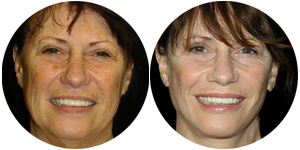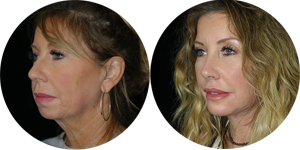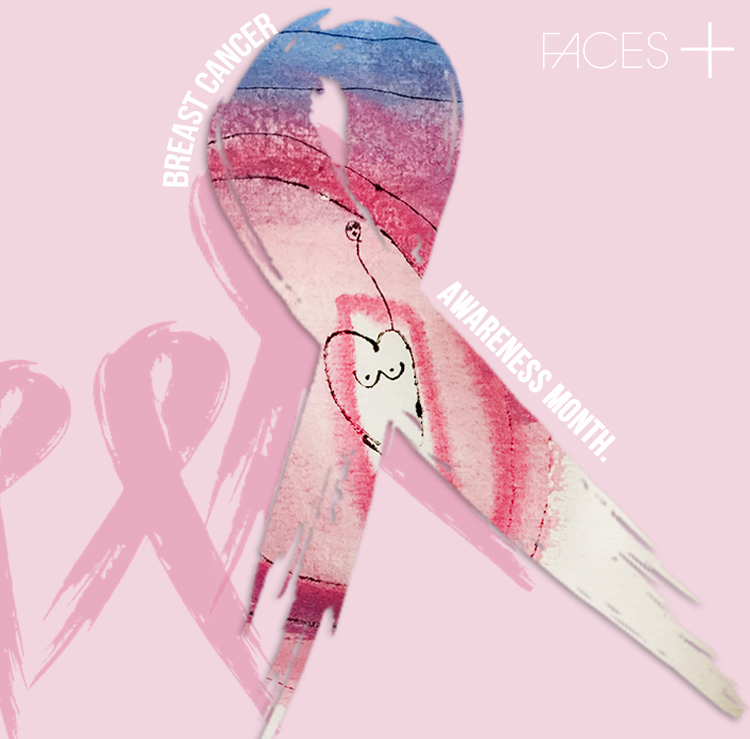October is National Breast Cancer awareness month. This month we reflect on the brave women who’ve fought the battle and educate ourselves on the importance of early detection and regular breast cancer screenings.
It’s important to understand that breast cancer is as prevalent today as it’s ever been. Breast cancer affects 1 in 8 women on average. These statistics are alarming but there is hope for improvements on research and taking preventative steps to detect any abnormalities in the breast.
Breast cancer can be prevented.
This disease features malignant (cancer) cells form in the tissues of the breast. The damaged cells can invade surrounding tissue, but with early detection and treatment, most people continue a normal life. Doctors seldom know why one woman develops breast cancer and another doesn’t, and most women who have it will never be able to pinpoint an exact cause. We’ve discovered breast cancer is caused by damage to a cell’s DNA.
Women with certain risk factors are more likely to develop breast cancer. Some risk factors, like drinking alcohol, are avoidable. A genetic predisposition (a family member had it) is a more serious risk factor. Having certain factors does not mean that a woman will get this cancer but the probability is much higher. With healthy lifestyle changes and early detection, you can help prevent the spread of breast cancer.
4 facts about breast cancer in the US.
- Breast cancer is most commonly diagnosed cancer in women.
- Breast cancer is the second leading cause of death among women.
- Each year estimates that over 220,000 women in the United States are diagnosed with breast cancer and more than 40,000 die from it.
- Although breast cancer in men is rare, an estimated 2,150 men are diagnosed with breast cancer and approximately 410 die each year.
Adult women of all ages should perform breast self-exams at least once a month.
Johns Hopkins Medical center states, “Forty percent of diagnosed breast cancers are detected by women who feel a lump, so establishing a regular breast self-exam is very important.” While mammograms can help you to detect cancer before you can feel a lump, breast self-exams help you to be familiar with how your breasts look and feel so you can alert your healthcare professional if there are any changes. Here are three simple ways to give yourself a self-exam.
1) In the Shower
- Using the pads of your fingers, move around your entire breast in a circular pattern moving from the outside to the center, checking the entire breast and armpit area.
- Check both breasts each month feeling for any lump, thickening, or hardened knot.
2) In Front of a Mirror
- Visually inspect your breasts with your arms at your sides. Next, raise your arms high overhead.
- Look for any changes in the contour, any swelling, or dimpling of the skin, or changes in the nipples.
- Next, rest your palms on your hips and press firmly to flex your chest muscles. Left and right breasts will not exactly match—few women’s breasts do, so look for any dimpling, puckering, or changes, particularly on one side.
3) Lying Down
- When you lay down, breast tissue spreads out evenly along the chest wall. Place a pillow under your right shoulder and your right arm behind your head.
- Using your left hand, move the pads of your fingers around your right breast gently in small circular motions covering the entire breast area and armpit.
- Use light, medium, and firm pressure. Squeeze the nipple; check for discharge and lumps. Repeat these steps for your left breast.
Breast cancer is curable when detected early on before cancer spreads. That’s why we’re encouraging women to check themselves often and get regular screenings. We’ve all known someone who’s affected by this type of cancer and we honor those who’ve battled it– this month and every day.




